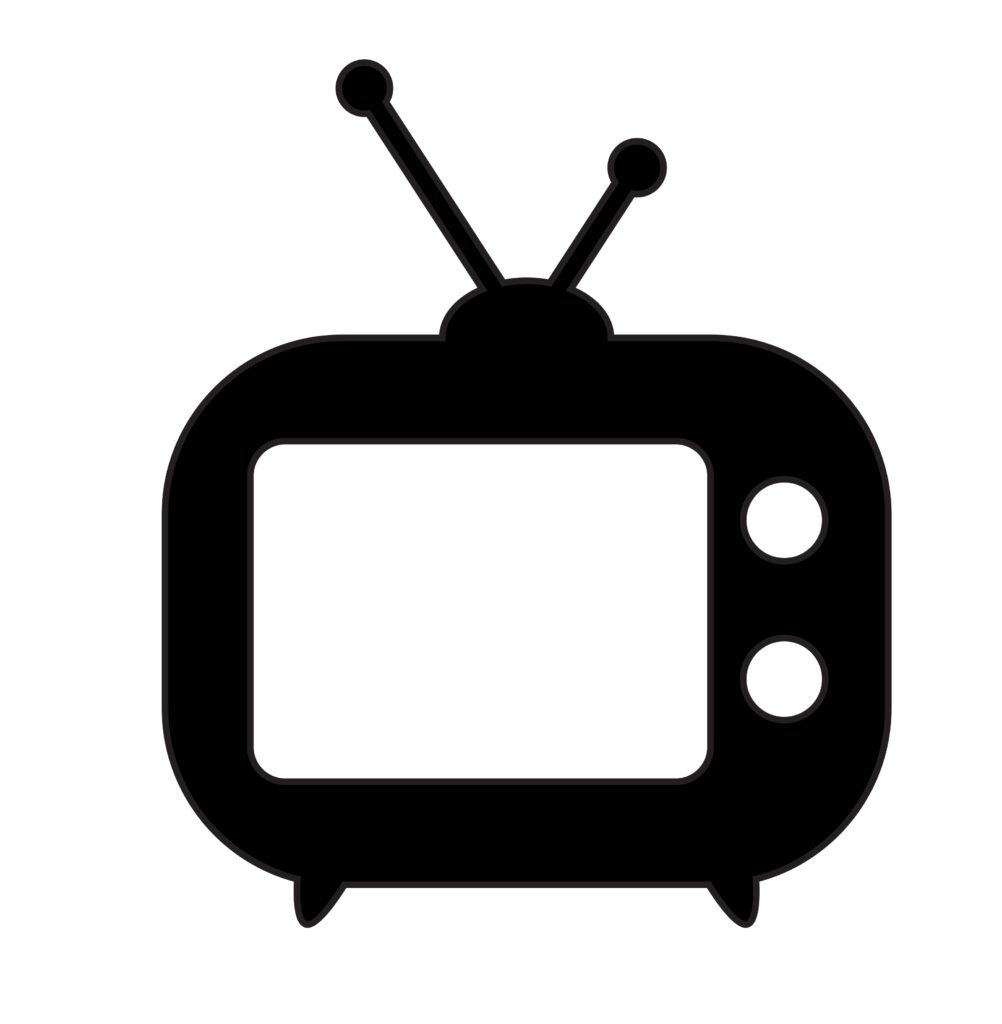Usually, when people talk to their TV screen, they don’t expect to get an answer back.
Voice assistant and smart TV startup Disruptel is aiming to change that with a contextual awareness product for smart TVs called Smart Screen. The company has been beta testing the software, which answers a viewer’s questions about their programming using voice-activated queries, since December 2020.
On Tuesday, Disruptel announced a partnership with TCL, the world’s second-largest TV manufacturer, to integrate the product into its Android TVs. Disruptel expects to see its Smart Screen software on the big screen before the end of 2022.
A global consumer electronics manufacturer allows for the level of distribution that’s mission critical to turning smart TV innovation into a scalable reality. Just look at Roku after partnering with TCL in 2014.
“This [will] mark the first time that TVs truly understand what’s [happening] on their own screens,” said Alex Quinn, founder and CEO of Disruptel.
Rather than having to use a secondary device to ask Siri or Alexa who that actress in the red dress is (and where to buy said red dress), a viewer can just ask the TV itself.
“We call this the world’s first voice assistant that can see,” Quinn said. But only if you ask it to. The software’s voice query requires users to opt in by pressing a microphone button and doesn’t passively eavesdrop. (Alexa, we’re looking at you.)
Asking a TV what’s on the screen is only a hop and skip away from what Quinn called “viewer-initiated ad serving” as opposed to the traditional, more disruptive ad experience on television.
“Traditional video ad pods are pretty disruptive,” Quinn said, “so we’re only showing ads when the user [asks for] it.”
When viewers pause their show, for example, or ask a question about the content, the software presents information on screen via embedded tiles. This can include identifying an actor, recommending other shows and movies the actor appears in or even where you can buy the performer’s favorite shoes (and for how much).
Contextual targeting, like content recommendation, is a more subtle form of advertising.
“It doesn’t take a scientist to prove that the ad experience on CTV can be really jarring and pretty annoying,” said Mike Baker, an advisor to Disruptel and former CEO of dataxu. “[This] is cutting-edge technology that uses data from the actual imagery [on screen] to infer things about the audience.”
This approach is more privacy preserving than the usual methods of data collection.
But how does this less aggressive ad experience make money? It all ties back to the nature of how audiences want to enjoy TV content.
TV is a lean-back medium whereby viewers are looking to be entertained rather than click around, Baker said. Voice activation is compatible with that lean-back experience.
There’s also a lot of untapped potential in giving viewers control over their own experience. Bringing TV into the lower part of the funnel will become more possible, and more common, as people get used to interacting with their TV, Baker added.
2021 tipped the scales back in favor of ad-supported video on demand, especially among millennials and Gen Zers. Quinn sees this as another opportunity to tweak the ad experience so that it can be additive to the overall viewing experience.
Or, as Baker put it, “Don’t kill the golden goose. Respect the user, and get it right.”
“It’s still early,” Baker said, “but we’re getting a lot of interest from big agency holding companies and their brands who recognize things are not perfect in CTV land.”
Disruptel is currently partnering with brands to test the software’s scale, reach and outcomes.















